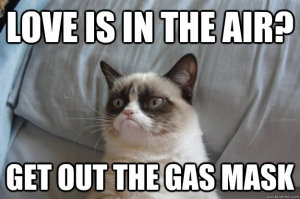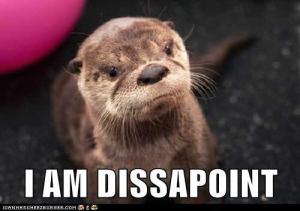Hello, dear readers!
So, another weekend has come and gone. We laughed, we cried, we sipped our scotch and swallowed our pride… and that was just on Friday night.
Imagine my shock, my dismay, my absolute alcohol-fuelled horror when I curled up affectionately with the latest workers’ compensation cases, only to discover a growing problem defendants are facing when things get litigated – the “stolen” check.
What do you do when you or your agent has looked the applicant, or the applicant’s attorney, square in the eye, agreed on a number, and shaken hands… you have a deal. We give you the money, your claim goes away, and all is right with the world.
After that, we all pat ourselves on the back – the check gets issued, one to applicant’s counsel and one to applicant, and another file is closed… off to another adventure! Or not…
You see, some injured workers have their checks stolen, their signatures forged. But some injured workers get their checks, cash their checks, and then just say that they didn’t get them.
When the matter comes before a WCJ, the WCJ, being human, can only do so good a job of deciding if the injured worker is to be believed. Sometimes the injured worker is telling the truth. Sometimes the injured worker is lying. Sometimes the WCJ gets it right. Sometimes the WCJ gets it wrong. We’re all only human, after all.
In the matter of Patino v. Aramark, a 2015 writ denied case, applicant claimed that a portion of her permanent disability advances were stolen, her signature was forged, and the checks were cashed without her knowledge. The defendant made the argument that by mailing them to the address listed by applicant, its obligation to provide payment was fulfilled.
When the matter proceeded to trial, the WCJ found that applicant testified credibly to not having received or cashed the checks. The WCAB denied reconsideration without comment, and the WCAB denied review.
Most of the time, payments are mailed, and received, and that’s the end of it. But what can defendants do to avoid the delay and uncertainty of these situations? How can we avoid putting Workers’ Compensation Judges in the difficult position of trying to decide what did and did not happen?
Your humble blogger has seen C&Rs drafted and approved that included language allowing defendants to hand-deliver settlement payment, and requiring photo-identification for delivery. After all, how hard is it to take a picture of photo ID before you hand over the check?
For the defense side, however, that’s an added expense to hundreds if not thousands of files each year. That means less money in the settlement pool, or higher reserves and rates for employers, meaning higher prices for consumers… your humble blogger submits that each workers’ compensation defendant might run the numbers and weigh the likelihood of a claim of no delivery against the cost of a courier on all or most of its files.
While this may work for a huge settlement check, it’s practically impossible to do this every two weeks for temporary disability benefits or permanent disability advances.
What do you think, dear readers, is it worth it? Outside of moving one’s business outside of California, what are you supposed to do to make sure you don’t end up paying your settlement amount twice?
For further reading, don’t forget to review this blog post in 2012 on the same topics…


